In the century following the Wright Brothers’ first flight in 1903, planes have gone through three materials revolutions: wood and fabric fuselages gave way to aluminum and, eventually, to light and strong carbon composites used to make the bodies of the latest planes like Boeing’s Dreamliner and the Airbus A350.
But a new and unusual material is now changing the industry again: ceramics.
These ceramics are not your typical cup of tea. If you want to fly non-stop from New York to Sydney, jet engines with parts made from so-called ceramic matrix composites (CMCs) could be your ticket not too far in the future.
The light, tough and heat resistant material will allow engineers to build lighter and more efficient engines that can take planes farther and burn less fuel.
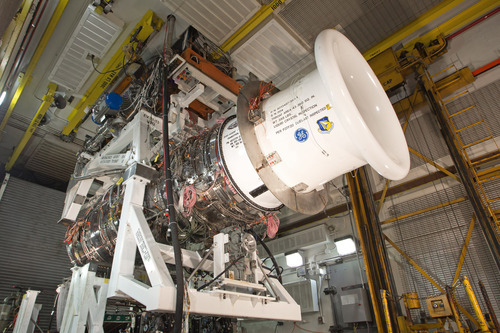
Static components made from CMCs are already serving in the newest and most advanced civilian and military engines like the LEAP engine made by CFM International, a joint venture between GE Aviation and France’s Snecma (Safran).
GE Engineers just scored an important breakthrough when they for the first time successfully tested rotating parts made from CMCs inside a jet engine turbine (see below).
“Going from nickel alloys to rotating ceramics inside the engine is the really big jump,” says Jonathan Blank, who leads CMC and advanced polymer matrix composite research at GE Aviation. “CMCs allow for a revolutionary change in jet engine design.”
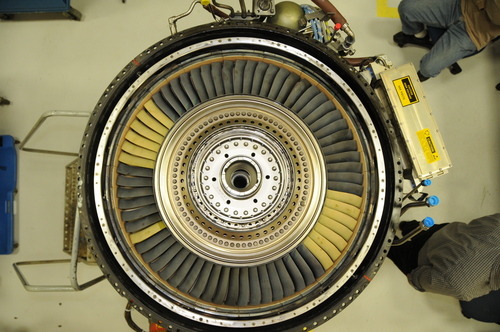
The material has two hugely winning attributes for aviation: it’s one-third the weight of metal, and it’s also heat-resistant and doesn’t need to be air-cooled.
The turbines of most modern jet engines work with surface high temperatures, which can make even advanced alloys grow soft. Engineers use lasers to drill tiny holes in the metal alloy turbine blades to bleed in cooling air and protect their surface from the heat. But the cooling air also reduces engine performance.
“More heat means more cooling air, which lowers overall efficiency,” Blank says. “When you drop the need for cooling components, your engine will become aerodynamically more efficient and also more fuel efficient.”
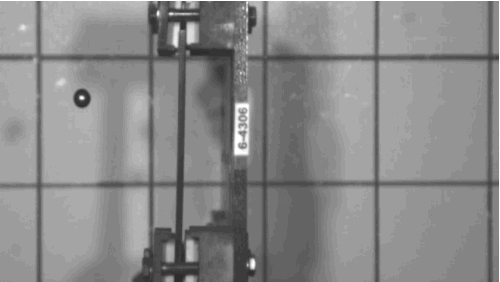
Since the rotating turbine blades made from CMCs are so light, they also allow engineers to reduce the size of the metal disks to which they are attached. “This is pure mechanics,” Blank says. “The lighter blades generate smaller centrifugal force, which means that you can also slim down the disk, bearings and other parts.”
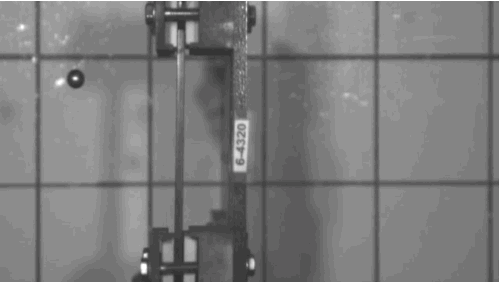
GE just recently finished the world’s first successful test of rotating CMC blades inside an F414 military jet engine, which normally powers F/A-18 Hornet and Super Hornet jets. They were able to run the engine for 500 cycles. (One cycle takes the engine to takeoff thrust and back.)
The blades powered through punishing dynamic forces and high temperatures inside the engine’s low-pressure turbine, giving engineer another proof that the heat-resistant technology that can withstand unprecedented conditions.
Blank says that thanks to CMCs, GE’s ADVENT adaptive cycle engine had already set the world record for the highest combined compressor and turbine temperatures. It was validated by the Air Force Research Lab (AFRL).
The first application of the blades could be inside new jet engines for “sixth-generation” fighter jets (see below), like the ADVENT. “But we already envision future commercial applications,” Blank says.
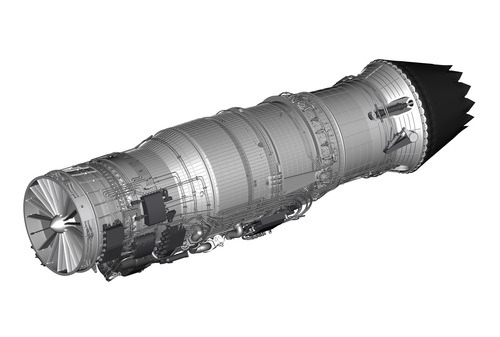
GE made the CMC blades for the test at its materials research facility in Newark, Del., but the company has already built a new plant in Asheville, N.C. for high rate production of components made from CMCs.
GE has spent $1 billion over the last two decades to develop the material. Says materials scientist Krishan Luthra who was involved in the project: “I thought it would be the Holy Grail if we could make it work.”
Filed Under: Aerospace + defense




